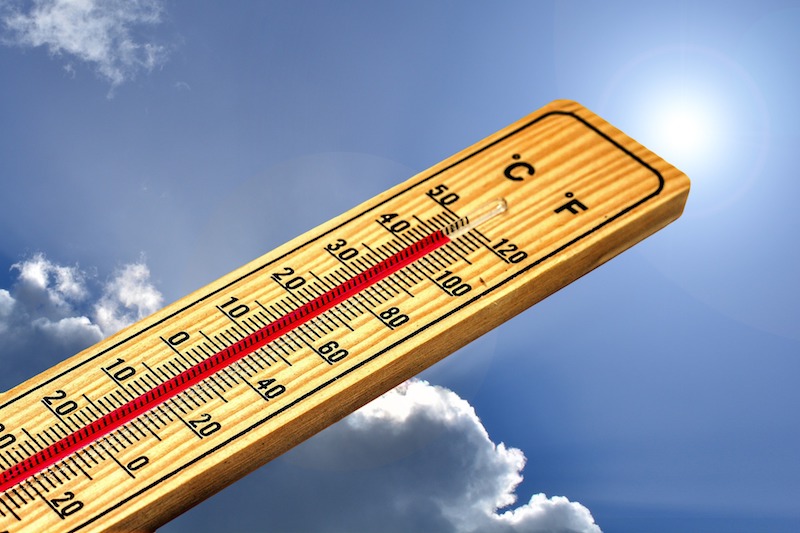Hot, hot, hot!
10 tips on using electronic devices in extreme temps
Jun 29, 2021

Source: Pixabay
As summer temperatures surge and an unprecedented heatwave hits parts of the U.S., we asked our College of Engineering experts about using smart phones, laptops, and other electronics in extremely hot weather. They shared some heat transfer basics as well as advice:
- With any device that draws a certain amount of electrical power, the majority of that power is dissipated as heat.
- Limit the charging of your phone or device to a lower level, about 60-80%. Charging all the way up uses additional voltage which increase the chance of thermal runaway. This contributes to the growth of dendrites that can cause the battery to catch fire.
- Keep the air flowing to keep devices cool. Mount your phone near the air conditioning vent in your car or have a nearby fan blow air over your laptop.
- Cooling is based on a temperature difference between your hot device and the cooler room. As the room gets hotter, the device also gets hotter to provide enough of a temperature difference to drive the required heat flow.
- As sunny days draw you outdoors to swimming pools and baseball games, remember to keep your devices out of direct sunlight. If you must use them outdoors, try to move to a shaded area and limit your usage.

Source: Pixabay
- While many electronics are designed to withstand up to 176 degrees Fahrenheit, the recommended temperature limit is 95 degrees Fahrenheit. Consistent high temperatures can lead to permanent damage to your device. Some devices will power themselves down to avoid this risk.
- Do not leave electronic devices (or gummy worms) in your car on a very hot day.
- Computer chip components experience thermal leakage—a wasting of power—as the temperature increases. Eventually, the rise in temperature and leakage reaches a point where the distinction between the “on” and “off” states disappears. The logic functions can no longer be carried out and your device stops working until it cools down.
- Electric vehicle batteries will provide a shorter driving range in extreme heat, so plan your trip accordingly.
- Unplug chargers and turn off power strips when not in use. These “energy vampires” waste small amounts of electricity that add up, and when extreme temperatures strain the power grid, every electron counts.
Media contact:
Lisa Kulick, lkulick@andrew.cmu.edu